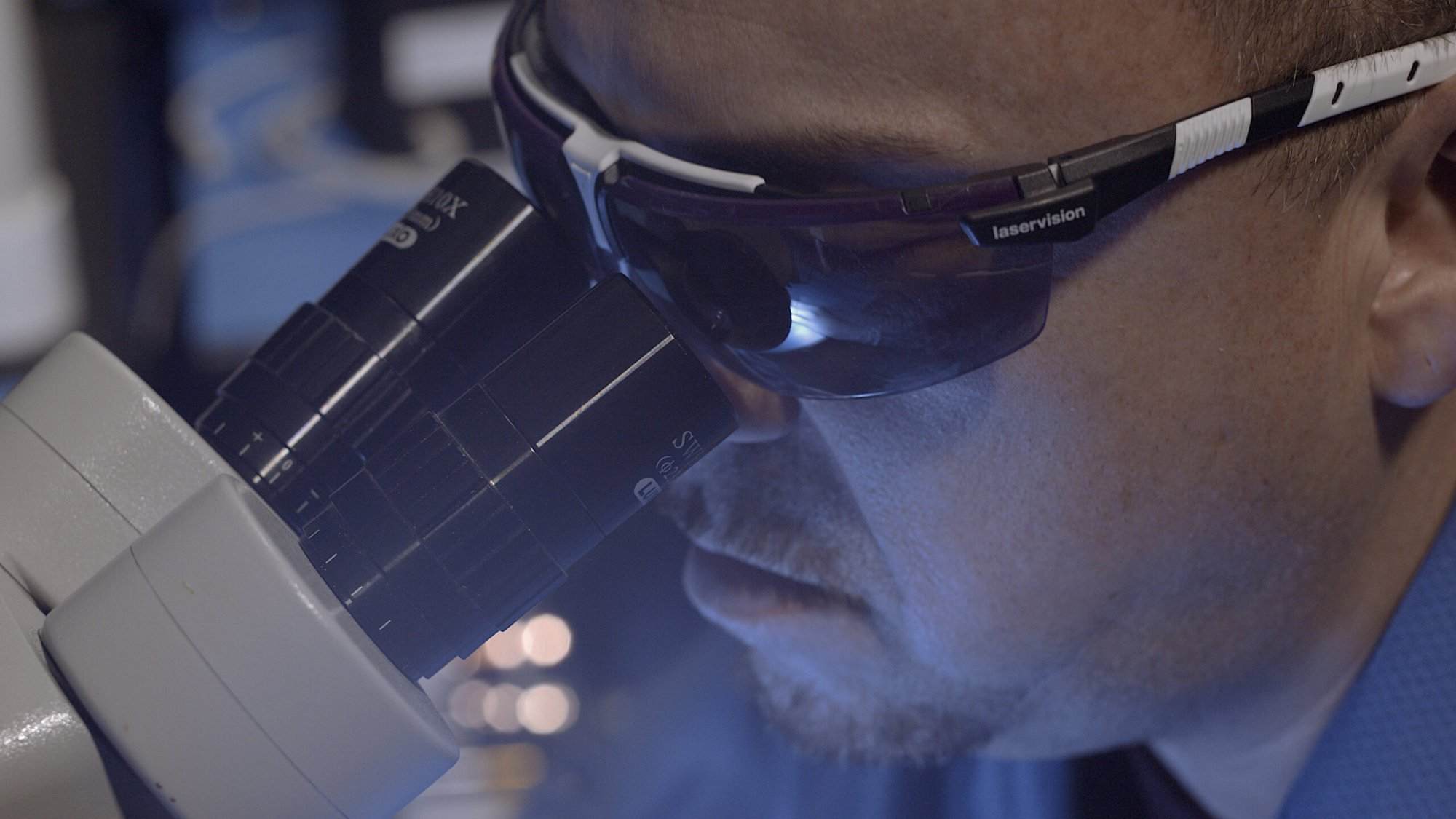At E4D Technologies, we have a wide variety of tools, systems and processes that help us ensure we are doing everything as efficiently and accurately as possible. Gage R&R is one of the tools we use to validate the accuracy of our measurements. We believe that by creating reliable products, we can create safer medical devices for consumers and doctors alike. Here’s everything you need to know about gage R&R manufacturing with E4D Technologies:
What is Gage R&R Manufacturing?
Gage repeatability and reproducibility (gage R&R) is the process of finding the variation in the measurement data gathered from gauging equipment to determine its accuracy. Essentially, this is a process used to determine the accuracy of a measuring system. By gauging the quality of your measurement system, you are able to determine if there is variation in the manufacturing process. Our goal is to limit the amount of variation in the process to provide accurate products.
What’s the Process of Gage R&R?
First, you must determine if your product will require gage R&R. We do this by examining the risks involved with creating products that don’t require a high level of accuracy. Some products, such as plastic forks, may not require gage R&R due to the low risk associated with inaccuracy. Other products, however, such as pacemakers, quite literally create life and death situations if the product isn’t as accurately manufactured. Due to the resource required to perform a gage R&R, we only perform these tests based on the risk assessment and customer requirements.
Our goal with gage R&R is determining if our manufacturing process is repeatable and reliable. In a typical gage R&R process, appraisers start by taking measurements of samples from different trials and collecting the data. Different appraisers collect data from samples using the specified measuring equipment and compile the data. The compiled data would then be calculated to determine the variation amongst the different samples for an accurate gage R&R.
What Factors Determine if the Variation is Acceptable?
We determine if the gage R&R collection data is acceptable compared to the industry standard of acceptable variation. We determine three different factors, each with its own set of industry standards. The three factors to determine in a gage R&R study are the percentage contribution, total gage R&R and the number of distinct categories. The acceptable results are as followed:
Percentage Contribution:
1% or less – Acceptable
Between 1% and 9% – Conditionally Acceptable
More than 9% – Not Acceptable
Total Gage R&R:
10% or less – Acceptable
Between 10% and 30% – Conditionally Acceptable
More than 30% – Not Acceptable
The Number of Distinct Categories:
5 or more distinct categories – Acceptable
3-4 distinct categories – Conditionally Acceptable
2 or less distinct categories – Not Acceptable
What is the Importance of Gage R&R to E4D?
There are risks involved with not understanding the measurement system you are using to create a product. Let’s use a tire for example: if you need to refill your tires with air and the measuring system is faulty, you could overfill your tires and it could explode. Measurement is an integral part of any manufacturing process. That’s how we determine if the product is good or bad before we ship it out. It’s basically predicting the quality of our manufacturing process.
The value of working with a technology manufacturer and designer like E4D is that we are able to coach you on what manufacturing your product will require. We are here to help you save time and money by only using tools that are necessary for your product. To us, it’s all about risk management, safety and efficiency. Want to learn more about our processes? Check out our blog today!
Photo Sourced from E4D Technologies

